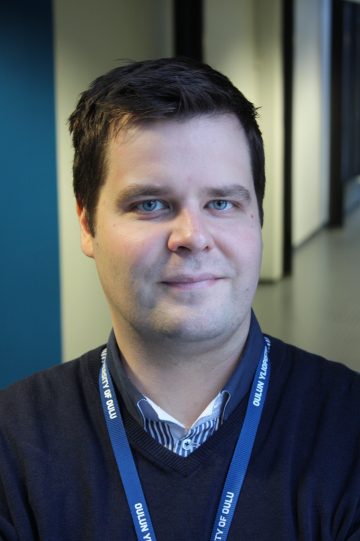Mathematics of construction from Enlightenment to present

Antti H. Niemi
Professor
University of Oulu
Finland
antti.niemi@oulu.fi
One of the basic principles of sustainable construction is efficient use of raw materials. This is achieved by reducing the consumption of primary materials and by using renewable and recyclable materials. Obviously, structural engineers have a significant role in supporting the economical, environmental, and social pillars of sustainability when designing safe and healthy load-bearing structures, foundations and other components in buildings and infrastructure.
Like in many fields of engineering, the main tasks of structural engineering are design and analysis. Concerning design of load-bearing structures, the process consists of selection of shape, dimensions and specific materials followed by structural analysis under given loads. The structural analysis consists of finding the displacement, strain, and stress fields of the structure, as well as the support reactions. The process is then repeated until the structure satisfies the prescribed sustainability criteria. Computational design and analysis methods play a crucial role in this process.
Structural analysis is based on a carefully selected mathematical model which considers the geometry of structure, material properties, support conditions, and external loading scenarios. Such structural models are often formulated as boundary value problems of partial differential equations. These equations are derived from the laws of mechanics, and they express the balance of internal forces and moments of the structure. The equations are typically solved by a variational method like the finite element method (FEM), which transfers a static problem to a system of linear algebraic equations Ax = b, and a dynamic or a stability problem to a generalized eigenvalue problem Ax = λMx.
The term finite element method was introduced in 1960 by Ray W Clough at the University of California, Berkeley. However, the origins and developments of FEM have strong connections to the Baltic Sea Region. The foundations of the method are based on the work of Leonhard Euler on calculus of variations published in 1744. Euler is often considered as one of the greatest mathematicians in history. He held a position at the Russian Academy of Sciences in Saint Petersburg which was established in 1724 by Peter the Great to improve education in Russia.
Another significant contribution came from Boris Grigorievich Galerkin, who was a mathematician and engineer born in 1871 in Polotsk, Belarus and educated in Saint Petersburg Technological Institute. Galerkin was also a social activist, and he was even arrested and imprisoned after organizing a strike among engineers in 1905. After detention, Galerkin focused on science and engineering carrying on from the works of Euler in particular. He studied construction sites throughout Europe after which his academic work turned to an approximate method for partial differential equations, known today as the Galerkin method.
Following the earlier works of Ivan Bubnov, who was a marine engineer for the Russian Navy, Galerkin published his method in Russian in 1915. The original formulation concerned the biharmonic differential operator arising in the analysis of plate and shell structures. The essence of the Galerkin method is formulation of the conditions of orthogonal projection that characterize the best approximation of the exact solution of a partial differential equation. The method was later extended to non-orthogonal projections by Georgy I Petrov and the most general version of the method is known today as the Petrov-Galerkin method.
The Galerkin projection is a very useful concept in the design of finite element methods and in their error control. The foundations of modern, functional-analytic approach to the numerical analysis of partial differential equations were laid down by the Czech-American mathematician Ivo Babuska in his seminal article “Error-Bounds for Finite Element Method” published in 1971. Babuska’s influence to the finite element technology and its reliability has been tremendous and he was for instance awarded an honorary doctorate by the Helsinki University of Technology in 2000.
Modern digital technology combined with theoretical analysis can unleash the full potential of the Galerkin method. One internationally active research area is currently focused on the so-called discontinuous Petrov-Galerkin (DPG) method with optimal test functions. The DPG method appears to be very promising concerning applications in structural mechanics since the method can be used to predict efficiently and directly all relevant design variables needed for sustainable construction and reconstruction.
Expert article 3345
>Back to Baltic Rim Economies 5/2022
To receive the Baltic Rim Economies review free of charge, you may register to the mailing list.
The review is published 4-6 times a year.
